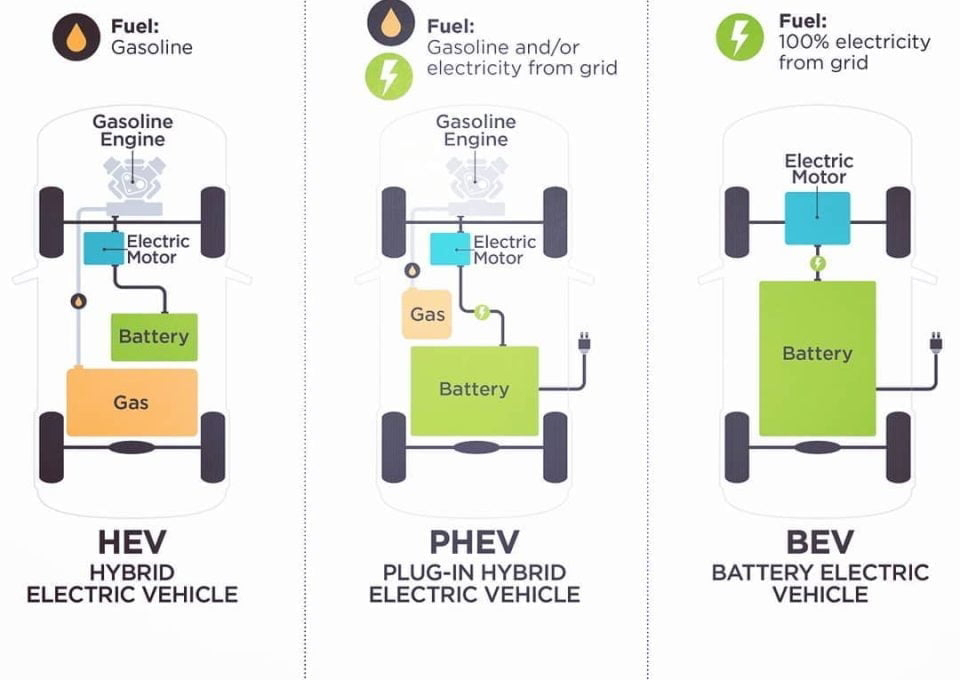A Superfast Computer? The First Processor That Uses Light For Communication
Short Bytes: As data transfer or communication in electronic devices and its various systems involves dependence on bandwidth and power density, researchers at MIT have come up with the unique idea of electro-photonic system. This 3 mm by 6 mm system has a bandwidth density of 300 gigabits/sec/sq mm and is about 10-50 times greater than current packaged electrical-only microprocessors.
Microprocessors which can be simply defined as “CPU on a single chip “, finds large and diverse application in the market varying from digital watches, mobile phones, washing machines, computers, traffic control systems and so on. However, these circuits mostly make use of electrical circuits for the purpose of communication and transfer of information.
We already know that! Shannon’s Theorem gives an upper bound to the capacity of a link, in bits per second (bps), as a function of the available bandwidth and the signal-to-noise ratio(SNR) of the link.
The Theorem can be stated as:
C = B * log2(1+ S/N)
(Where,
C is the achievable channel capacity, B is the bandwidth of the line, S
is the average signal power and N is the average noise power)The signal-to-noise ratio (S/N) is usually expressed in decibels (dB) given by the formula:
10 * log10(S/N)
Take a look at this graph showing relationship between C/B and S/N:Having said this, due to the limitation in terms of bandwidth and power density, replacement by an optical communication based on chip-scale electronic–photonic systems become absolutely necessary.
Popovic, whose team developed the technology in collaboration with a team led by Rajeev Ram, a professor at Massachusetts Institute of Technology (MIT) said:
One advantage of light based communication is that multiple parallel data streams encoded on different colours of light can be sent over one and the same medium in this case, an optical wire waveguide on a chip, or an off-chip optical fibre of the same kind that as those that form the Internet backbone.
Another advantage is that the infrared light that we use and that also TV remotes use has a physical wavelength shorter than 1 micron, about one hundredth of the thickness of a human hair.
Some of the wonderful features of this system being:
- It has a bandwidth density of 300 gigabits/sec/sq mm
- This accounts to be approximately about 10 to 50 times greater than current packaged electrical-only microprocessors
- Incorporates 850 optical input/output (I/O) components in order to create the first integrated, single-chip design of its kind
- Measures just 3 mm by 6 mm


Comments
Post a Comment